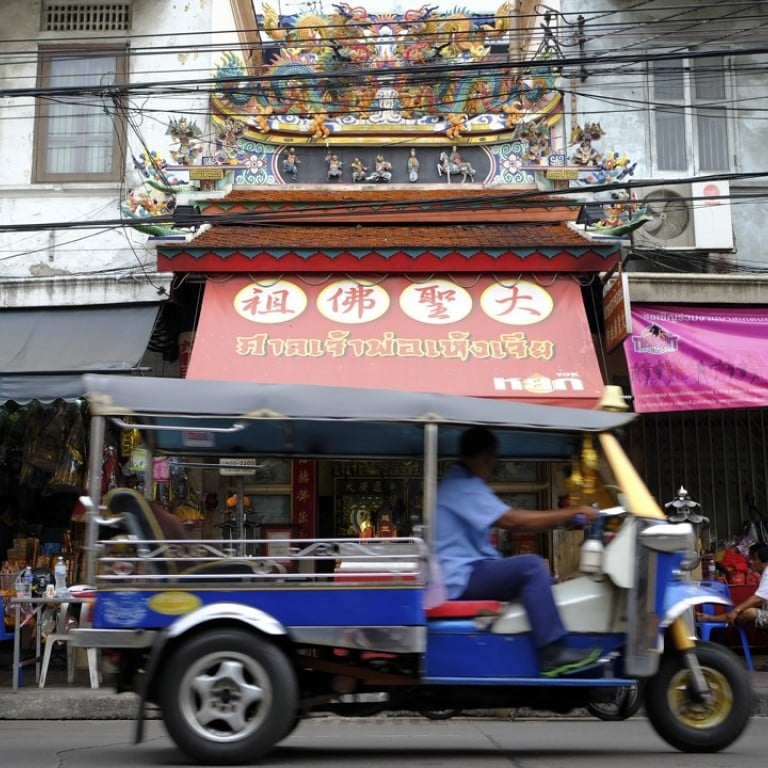
Bangkok’s Chinatown braces for gentrification now subway station is about to open
Most Sino-Thai clans quit Sampheng, a warren of narrow lanes, years ago, but few sold their properties, and its patchwork of ownership may save the historic neighbourhood from mass development – though change will inevitably come
Suwilai Boonthawatchai, 63, was born and raised in Sampheng, the narrow street that for two centuries defined the commercial heart of Bangkok, known today as Chinatown.
“At night we could walk to the street food stalls wearing our pyjamas,” Suwilai recalls of her childhood in the area. “It was comfortable and safe. There were no thieves at all at that time.”
Grab coffee and a coffin at this Bangkok ‘death cafe’
Things started to change in the old neighbourhood in the early 1990s, when Thailand’s economy was booming and every household could suddenly afford a car. But there was no place to park in Sampheng, a warren of narrow lanes, wholesale and retail outlets, and crowded pavements. The ethnic Chinese residents started to move out to condominiums or the suburbs.
The Boothawatchai family finally relocated 10 years ago, buying a house in a Bangkok suburb but keeping their Sampheng property as an office for their business – selling imported sewing machines and spare parts.
“Because everyone else had moved, at night it was dangerous here … so many robberies. It forced us to leave,” says Suwilai, who like most Thais of Chinese descent is Chiu Chow, the dominant dialect group on the eastern coast of Guangdong province, in southern China.

The Boonthawatchai clan’s Sampheng experience is typical of Bangkok-based Sino-Thai families. Many of the city’s most powerful business clans, such as the Chearavanonts of the Charoen Pokphand Group and Sirivadhanabhakdis of the TCC Group, started out as traders in Sampheng and moved out as their commercial empires expanded, but most still hold on to their original family compounds out of a sense of pride and in keeping with the Chinese belief that it would be unlucky to sell the place where your good fortunes began.

That instinct to hold on to the family land may turn out to be Chinatown’s salvation amid the threat of commercial development and gentrification that will arise with the opening of a subway station near Wat Mangkon Kamalawat (Dragon Lotus Temple) in September next year. Its advent will bring to Chinatown something it has lacked for decades – easy accessibility.
“I don’t know if it will kill Chinatown but it will definitely change Chinatown, a place that was extremely difficult for even Bangkok people to get around in,” says Chutyaves Sinthuphan, founder of Site-Specific Company, an architectural firm.

Chutyaves opened an office 10 years ago in the now gentrified Nana neighbourhood on the eastern fringe of Chinatown, within walking distance of the Hua Lamphong Railway Station, the capital’s main railway station, near where there is a subway stop for the Mass Rapid Transit’s Blue Line that opened in 2001.
Nana (not to be confused with the red light district on Sukhumvit Road) is now the site of a cluster of hipster bar-cum-restaurants including Tep Bar, which offers live music, and El Chiringuito, Chinatown’s only tapas bar.
These entertainment venues have popped up over the four years since Chutyaves and friends invested in the Cho Why art gallery in a renovated Chinese-style shophouse on Nana Lane.
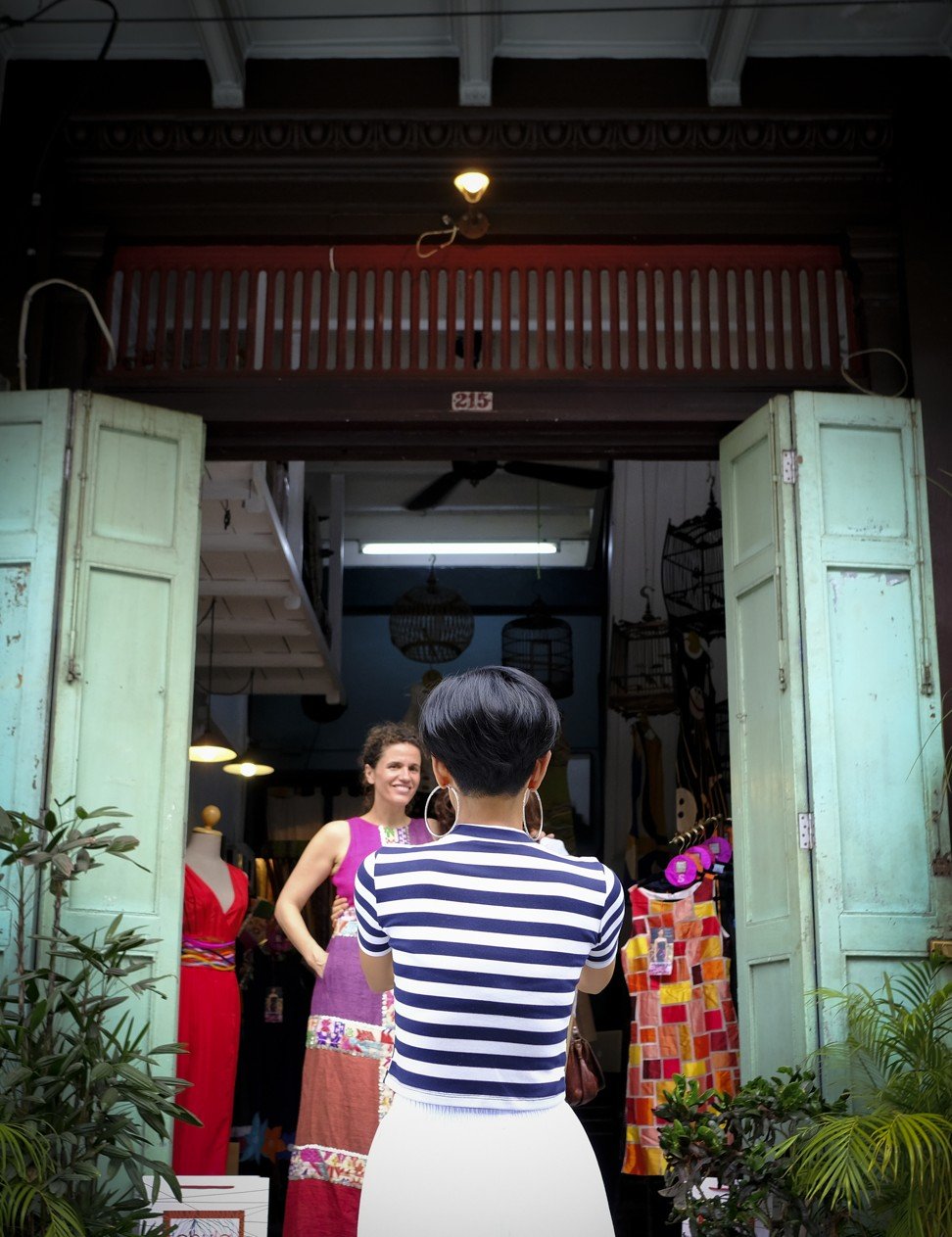
The government-run Thailand Creative Design Centre, set up to promote creative thinking in the kingdom, has designated this eastern fringe of Chinatown an “artistic zone” and is trying to promote it as such, but Chutyaves thinks it would be wiser to just let the neighbourhood grow organically.
I don’t know if it will kill Chinatown but it will definitely change Chinatown
“It was always a zone where creative people came in because, to be honest, the rent is cheap,” he says. “And nobody realises how convenient it is here. At 5pm the streets are empty and the motorway, train and subway are all nearby.”
Nowadays, since so few Sino-Thais actually live in Chinatown, many neighbourhoods are deserted at night, but the district wakes up early in the morning as the shops open for business and the streets get crowded.
The subway operator will open four new stations in September 2019, including the Sanam Chai and Wat Mangkon stations, in the Rattanakosin and Chinatown districts respectively, and a tunnel under the Chao Phraya River to the Thonburi side of Bangkok. The Wat Mangkon station has been designed with an old-Chinatown ambience by Thai architect Sumet Jumsai.
Bangkok blind street musicians given licences and voice training to help them make a living
As the Hua Lamphong subway station has made the Nana neighbourhood more accessible to outsiders, the opening of Wat Mangkon station is expected to have a similar impact on surrounding neighbourhoods such as Yaowarat Road, the main area for gold shops and a magnet for diners, and Charoen Krung Road, built by King Rama V (who reigned from 1868 to 1910) to provide road access to the government district for the foreign business community, who settled east of Chinatown.
Ahead of Wat Mangkon station opening there has been a mini investment boom.
“We are already on the crest of the wave now,” says Pieter Willaert, director of sales and marketing for Burasari Group, owner of the four-star Shanghai Mansion Hotel that opened on Yaowarat Road in 2006, way ahead of the current wave of new establishments.

“Everything is growing at the moment. Every week there is something new opening – a restaurant, a coffee shop, a hostel, a bar, and we’re having our best year so far,” Willaert says.
The Burasari Group is opening the three-star, 120-room W22 Hotel on May 1, named after the Wongwian Yai roundabout in Chinatown and within walking distance of Wat Mangkon station.
In the past two years a number of hotels and hostels have opened in the neighbourhood, including Norn Yaowarat, a small hostel in an old building, and Baan 2459, an upscale boutique hotel in an old Chinese mansion with only four rooms that rent out for 8,000 baht (US$256) a night.
Baan 2459 (built in 1916 but named after the year in the Thai Buddhist calendar) also boasts a friendly coffee shop in a garden house at the back of the hotel that is popular with daytime visitors.

Canton House Restaurant, on Yaowarat Road across from the Shanghai Mansion, opened two years ago after the old restaurant of the same name was refurbished in Chinatown chic – preserving its old decor but adding retro paintings of old Yaowarat scenes on the walls.
My lair is Talat Noi because I value the district for what it has to offer in terms of old businesses, old families, architecture and the small streets
Most of these new hotels and restaurants are old, refurbished buildings that preserve the Chinatown vibe, but there are also international brand name outlets creeping in such as Starbucks.
A Holiday Inn Express is now under construction on a fairly large plot of land on Charoen Krung Road, near the Wat Mangkon subway station. The property will also feature a shopping arcade.
These are the kinds of development that have preservationists worried about Chinatown’s future. Luckily for the area, there are very few large plots of land available, thanks to the patchwork nature of small shop ownership.
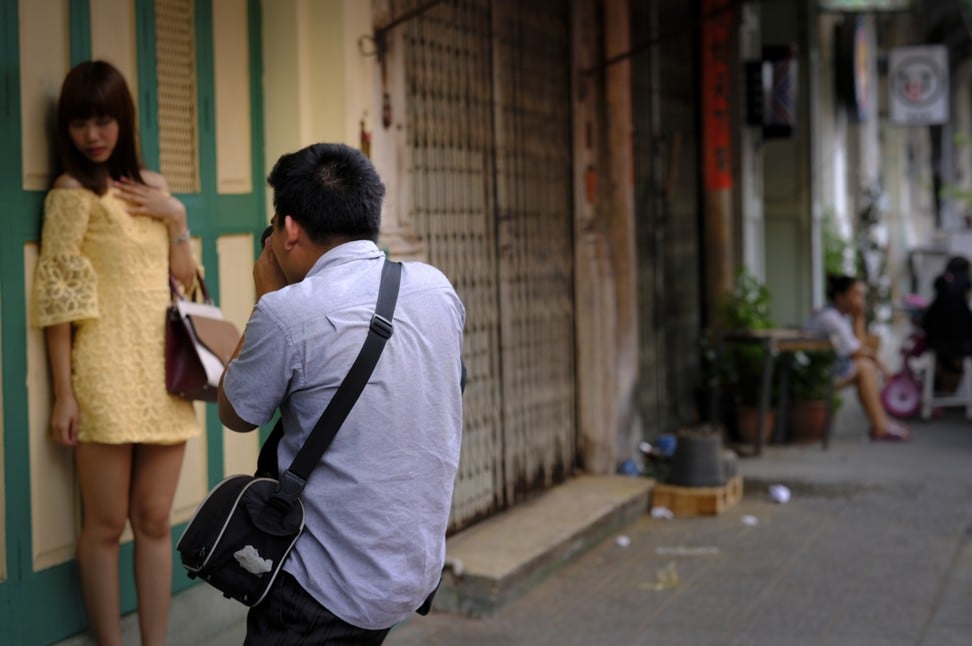
In 2012 the Paribatra family, related to the royal family, sold a large plot of land in Chinatown to the TCC Group, which has yet to develop it.
“Nobody really owns big plots of land other than the Crown Property Bureau [the financial trust of the Thai king] and the Paribatra family,” Chutyaves says. “Everyone else owns something shophouse-size or slightly larger.”
That patchwork of ownership may preserve the integrity of Chinatown’s architecture and the original cramped neighbourhoods, but to a great extent the old Chinese communities and lifestyles have already disappeared, thanks to the relocation of Sino-Thai clans to more comfortable districts.
An exception is Talat Noi, on the southeastern fringe of Chinatown, which remains a working-class neighbourhood of metal workers and small repair shops.

Even here gentrification has begun, however. Frenchman Romain Dupuy has opened Soul Bar and Fou de Joie Restaurant in the neighbourhood, introducing soul music and French crepes to the working-class residents and Bangkok hipsters.
“My lair is Talat Noi because I value the district for what it has to offer in terms of old businesses, old families, architecture and the small streets,” Dupuy says. “I want to be part of a village, and that is a village.”
The French entrepreneur is less enthusiastic about the rest of Chinatown. “A lot of families left because there is nothing to do in Chinatown … there are no grocery stores, no cinemas, no bars, no restaurants besides Chinese food. There is not even Thai food.”
That may be changing, for better or worse.
How one Bangkok Chinese clan chose renewal instead of razing heritage
The Wang Lee clan were one of the few Thai business families of Chinese descent who arrived in Bangkok with money in their pockets.
According to Thai migration entry figures, between 1882 and 1955, some 3.5 million Chinese arrived in Bangkok, most of them poor, hungry and desperate for work. The majority settled in Sampheng, the crowded, narrow lane that defined the Thai capital’s original Chinatown, which was founded in 1782 by King Rama I of the Chakri dynasty.
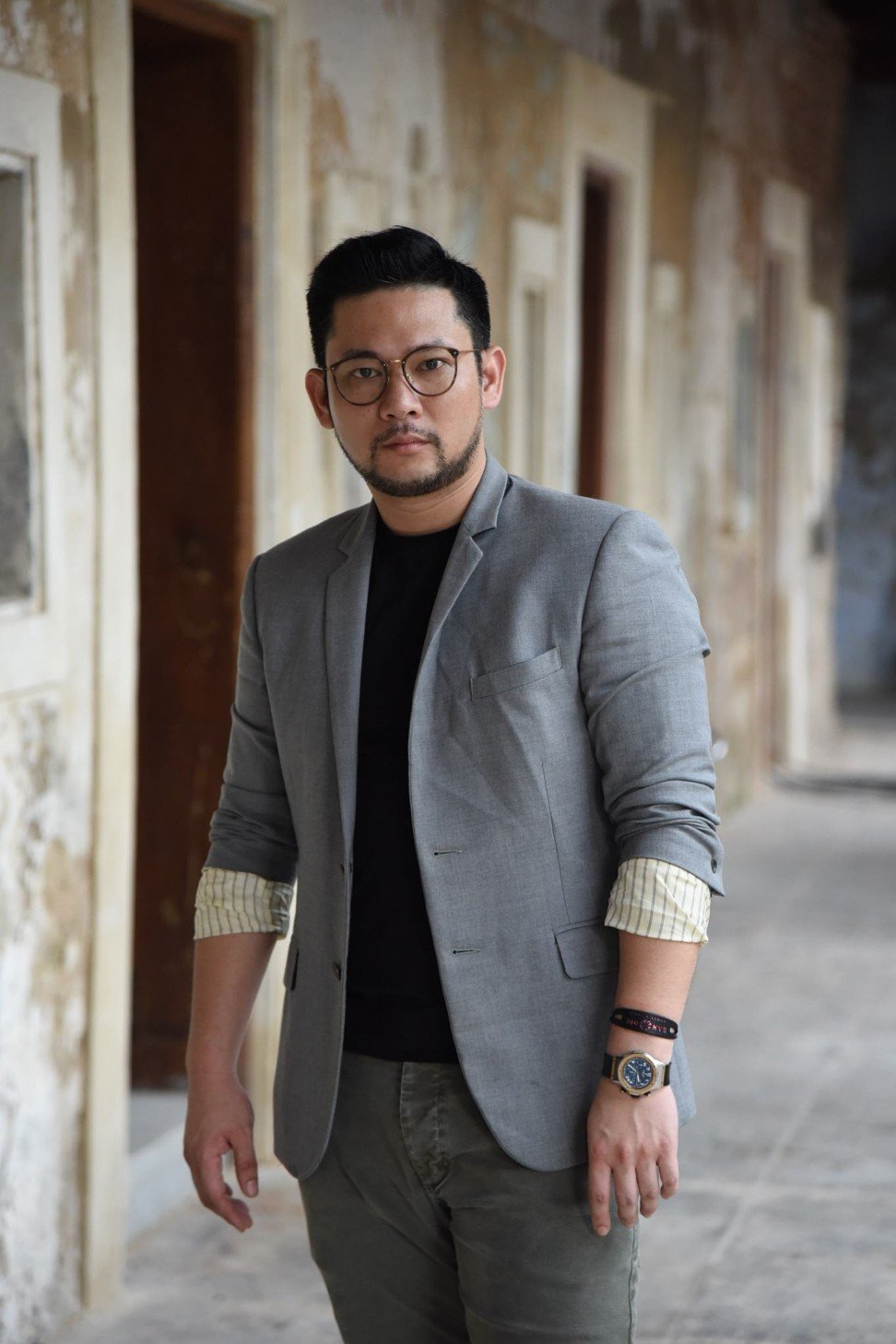
The Wang Lee family, who had already made a fortune in the sugar and rice trade in Shantou (then Swatow) on the eastern coast of Guangdong province, settled across the Chao Phraya River from Sampheng on the Thonburi side.
“We started in the rice trade, but always on the Thonburi side of the river,” says Saran Wanglee, a fifth-generation descendant of the Shantou Wang Lee merchant who started the family business.
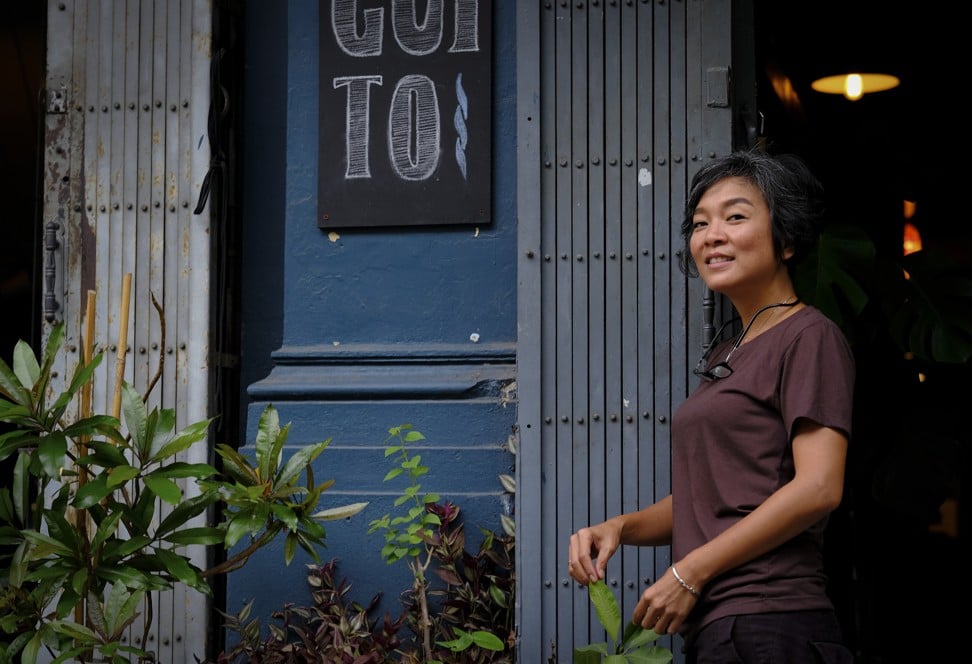
In 1919, the Wang Lees bought the Huo Chuan Lhong, or “steamship terminal”, that had been built by another wealthy Chinese merchant – Huo Chuan Lhong – on the Chao Phraya River.
The Wang Lees built a family mansion next to the terminal and settled down to make money, starting in rice trading but branching out into rice milling, rice starch, the insurance business and sending remittances back to China for labourers – an activity that would eventually lead to the formation of the Wang Lee Bank (which had to be rescued in the wake of the 1997 financial crisis and was renamed Nakornthon Bank).
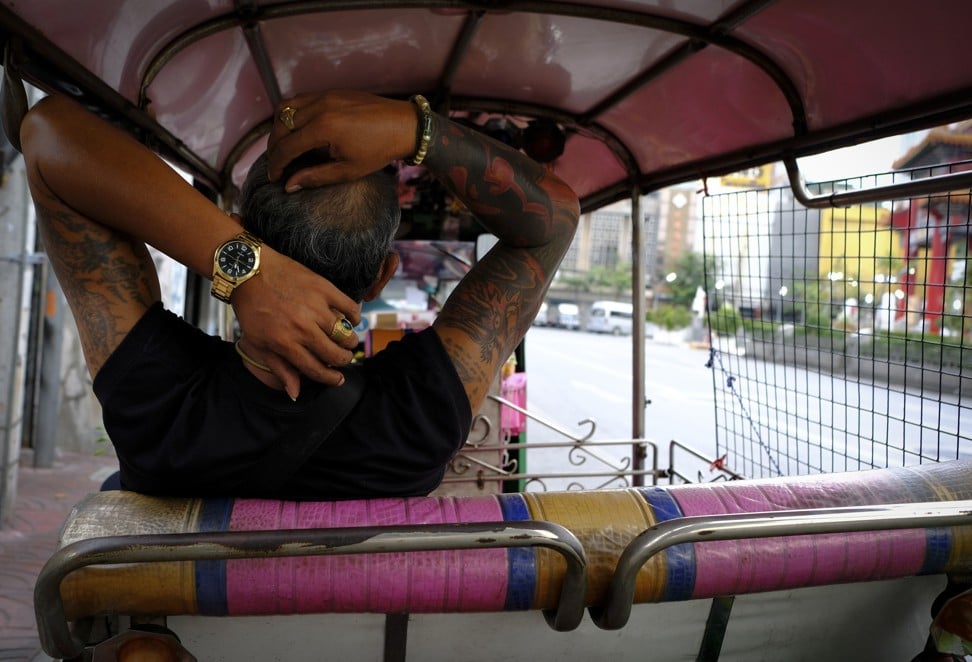
While the terminal complex served as a rice storage base and provided office space for the Wang Lee businesses for decades, by 2015 it had basically become a run-down tenement for former staff members and some eccentric “uncles”. The tenants were resettled and the entire complex, covering 0.96 hectares of land, was left empty for a while. The land, owned by the Wang Lee Holding Company for the entire family, could have fetched a hefty price.
“The best idea would have been to knock the buildings down and sell it for a huge amount of money, but no one in the family wanted that to happen,” Saran says.
Instead the clan decided to transform the complex into a tourist attraction and events venue on the banks of the Chao Phraya. Renovations began in November 2016, and the venue – renamed Lhong 1919 after the original pier name and the year the Wang Lees acquired it – opened for business on November 2, 2017.

During the renovation, intricate murals were discovered on the window frames of the old godowns, and some were reproduced on the walls and entrance of Lhong 1919.
Gentrifying warehouses on the Chao Phraya is nothing new. In 2013 Well-known Thai architect Duangrit Bunnag transformed a complex of warehouses on the Thonburi side of the Chao Phraya into the Jam Factory, now a cluster of art galleries, restaurants, and boutiques and a popular venue for weekend fairs.
What Lhong 1919 has to offer that is unique is the compound’s architecture, of classic siheyuan – or courtyard – style, and the Mazu shrine at the back of the complex. Mazu is a Chinese sea goddess – also known as Tin Hau – worshipped among overseas Chinese communities throughout Southeast Asia and fishermen along Greater China’s coasts.
Inside the Bangkok temple where dogs are given human funeral ceremonies to speed their rebirth
Saran is hoping the goddess will prove a draw for Chinese tourists, who accounted for about one-third of the 35 million international visitors to Thailand last year.
“I want Chinese tourists to come here and admire Mazu’s shrine, because she is original and she has been here ever since we bought the complex,” Saran says. “I want them to come and see their own culture and how it was manifested here.”
